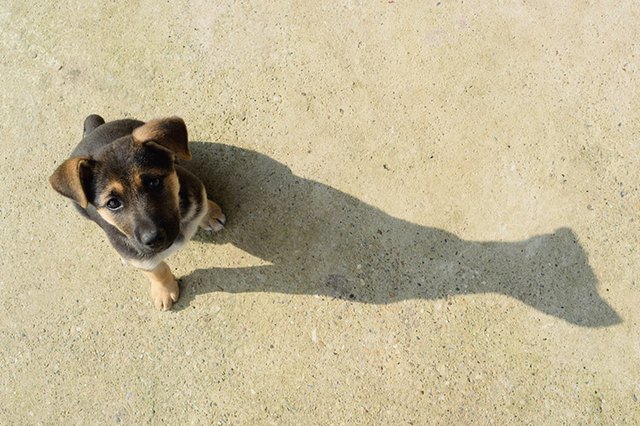
If you start with hour long-periods or more, they’ll be completely unaccustomed and frightful of the new change.ĭon’t leave your dog in their crate all day and night Your dog should trust they’ll be let out of their crate at some point. Slowly building them up will prevent fear or anxiety from forming. Once they’re comfortable with at least 30 minutes in the crate, you can start leaving the house for short periods. Start by introducing your dog to their crate for 20 minutes at a time and build from there. Patience and lots of praise are the keys here. In their minds, the crate will be associated with punishment.Īlways let your dog enter the crate on their own.

As soon as they’re pushed inside, they’ll immediately want to resist. Always use positive reinforcement when your dog enters the crate on their own.įorcing your dog inside the crate will leave them scared and anxious. Once they’re fully inside, reward them with another. Start by leading them into the crate with healthy treats. Your dog should associate their crate with positive experiences. “Time out” spots should be located in a completely separate space, away from their crate. Your dog should enjoy their crate, not fear it. Putting your dog in their crate as punishment is the quickest way to them associating “crate time” with negative experiences, meaning they’ll probably never grow to love and accept it. You might find they prefer lounging in the crate over laying on the couch or even your lap. Leave the door open while you’re there so they can explore on their own. Putting a bed inside the crate and a blanket over the top will make them feel right at home. Instead of introducing their crate as a stark, empty space, show them a crate where they can relax and feel secure. Most dogs feel safe in familiar, enclosed environments. Their crate should be a healthy balance they should be able to stand up and move around, but they shouldn’t be able to walk multiple paces from one end to the other. A crate that’s too big will allow your dog to use one end as a bathroom and retreat to the other side. Some animal shelters will even let you rent crates so you can trade up as your pup grows.ĭon’t use a crate that’s too big or smallĪ crate that’s too small will prevent your dog from standing up and stretching their legs. If your dog is still growing, you can start with a crate that’s a bit oversized to avoid having to replace it during their first couple years. Don’t expect your pup to accept it right away, but by following these “dos and don’ts,” they should come around in no time.Ĭhoosing the right size crate will help your dog feel safe and comfortable - like it’s their space. Whether you’re training a new puppy or adult dog to use a crate, there are some tried and true methods when it comes to getting them used to it. If introduced and set up properly, a crate can fill this need for them.

Most dogs naturally prefer “cave-like” environments that make them feel safe and secure. If you ever find your pup curled up in a corner, sleeping under the bed, or huddling inside blankets, there’s a reason. However, crate training doesn’t just benefit you - it’s helpful for your dog, too. Having a happy pup in an enclosed space while you’re out and about can mean the end of recurring clean-ups every time you come home. For most pup families, crate training is a lifesaver.


 0 kommentar(er)
0 kommentar(er)
